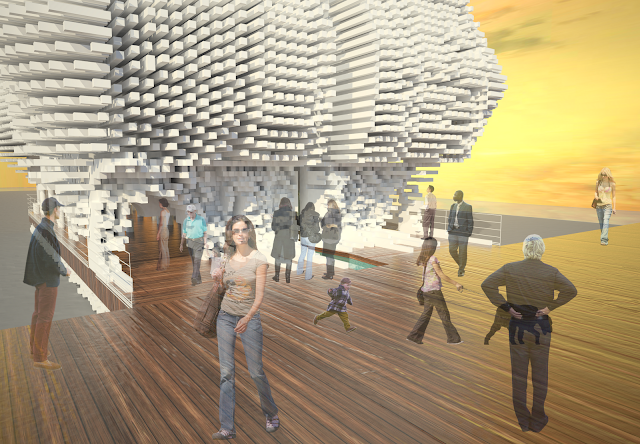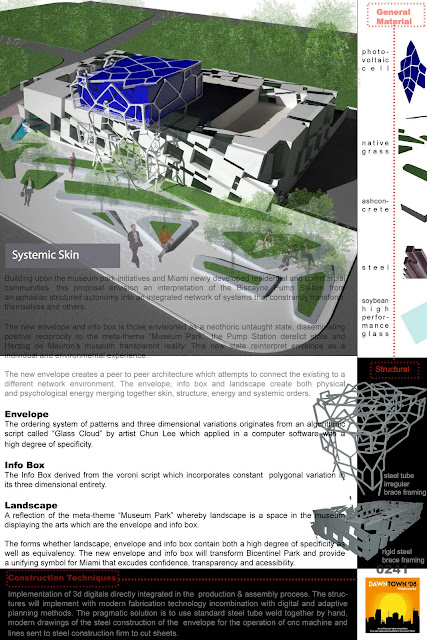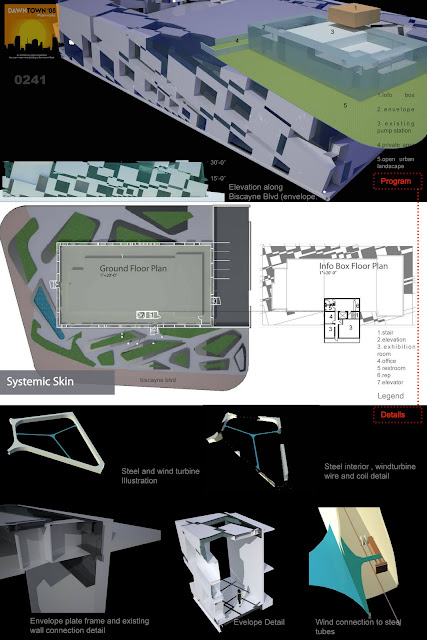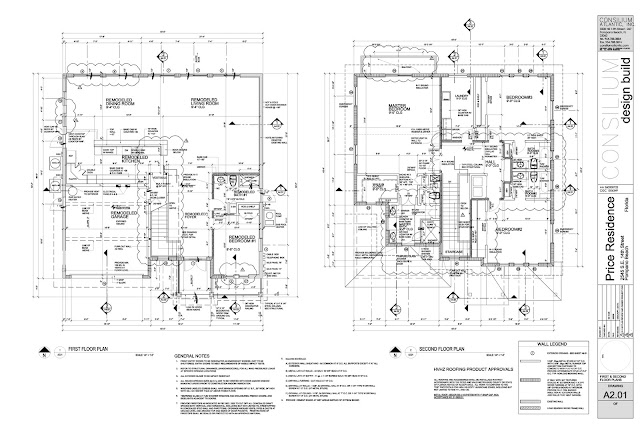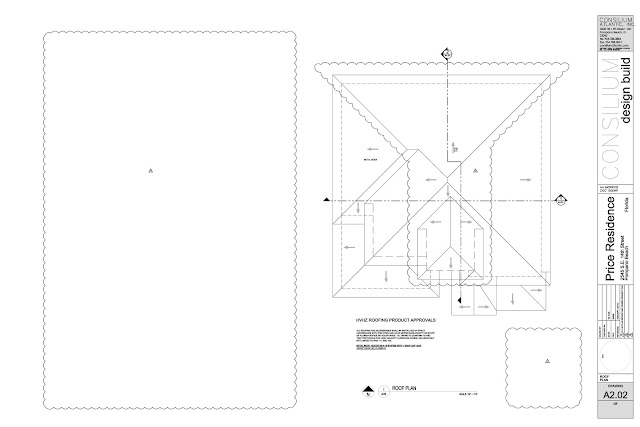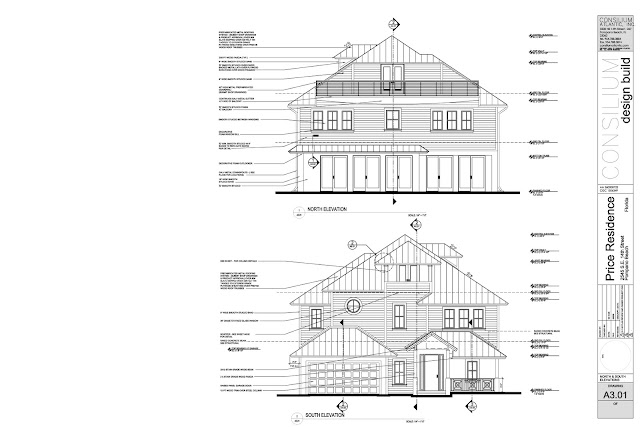
Tuesday, April 20, 2010
Wednesday, May 6, 2009
Sustainability

SUSTAINABILITY-[LEED & ARE exam info]
(info-credited to author Johanna Sands, AIA and U.S. Institute of Museum and Library Services under the provisions of the Library Services and Technology Act, administered in California by the State Librarian)
-find sources that are clear and not too over bearing as the
"ARE" exam mainly covers the concepts, theories,
and a little history of sustainability.
HOK guide is interesting but overloaded
with priorities on their publication.
Good sources for sustainability for
the "ARE" exam are as follows;
LEED section of the areforum titled
"LEED Essential" - a summary
that is not too over bearing.
Kaplan -BDCS -sustainable section.
same information is on areforum.
Scribd is also a great search engine
for condense articles.
Sustainable architecture is no different, in theory, from intelligent architecture.
It is the challenge for the architect to build structure and environment
with minimal impact on resources provides architects with an opportunity to redirect their focus on elegantly simple design solutions, responsive to site, climate, and culture.
Relevance to building and environmental impact
-
US Green Building Council states that " commercial, institutional and residential buildings and operations account for 30-40% of total energy use, 50-60% of total electricity use, 35-40% of municipal solid waste, 25-30% of wood and raw materials use, and 25% of water consumption." The latter express how large a impact energy and resource consumer of the buildings we live and use have on the earth.
Sustainable Theories -
The Triple Bottom Line
The triple bottom line encourages organizations to broaden the focus of their goal setting and self-evaluation to include not only economic value but also social and environmental value – and impact. The three parts represent society, the economy and the environment.
Sometimes referred to as "TBL", "3BL; triple bottom line simply stands for
People
Planet
Profit
The Natural Step
The Natural Step is a nonprofit organization founded in Sweden in 1989 by Swedish scientist, Karl-Henrik Robèrt. The Natural Step is a theory of principles. Karl-Henrik Robèrt an Oncologist, who had noticed rising cancer rates in children, who do not display lifestyle factors that typically cause cancer. He took this to mean that more than likely the causes of these cancers were not linked to lifestyle but rather to environmental factors that he discovered such as atmospheric and indoor environmental toxicity, and bioaccumulation of toxic materials such as DDT and PCB’s in mother’s milk.
Four system conditions of Natural Steps:
-Substances from the Earth's crust must not systematically increase in the biosphere.
-Substances produced by society must not systematically increase in nature.
-The physical basis for the productivity and diversity of nature must not be systematically deteriorated
-There needs to be fair and efficient use of resources with respect to meeting human needs.
McDonough Braungart Design Chemistry
developed by Architect William McDonough and German Chemist, Michael Braungart. Similar to the Triple Bottom line definition of sustainablitly. McDonough Braungart Design Chemistry mission is that design industries should be thinking "eco-effectiveness".The MBDC is one of a number of initiatives seeking to close the gap between design and product sustainability – between the consumers and the producers of goods and services. MBDC believes that without considering Economy, Community and Environmentwe will not succeed in sustaining ourselves.
Organization and Systems designed for Sustainability
US Green Building Council
- is a national non-profit organization, founded in 1993, to promote "the design, construction, and operation of buildings that are environmentally responsible, profitable, and healthy places to live and work." The USGBC is concerned with educating the public about green building, and with creating a standard for measuring a building's greenness. Before the USGBC, and without a consistent means of measurement, the potential for greenwashing was great. [Green washing is the practice of covering up aspects of a product or service that is unsustainable, by distracting consumers with a claim that it has some attribute that is environmentally preferable.] Many could claim that they had a green building, and there was no system in place for one to measure that claim.
LEED
In 1995, the USGBC began to develop the LEED rating system as a response to the need for defining what a green building is, and as a means for design teams to determine sustainable design goals, determine strategies for meeting those goals, and to track progress and success against those goals. So it offers a definition of successful resource and energy efficient design, as well as pushing designers to raise the bar on their own work.
Other sustainable systems
Prior to LEED™'s release, there were other systems in place for measuring a building's environmental performance, including BREEAM in the UK, and BEPAC in Canada; but none were based on building standards already in use in the United States. So, as the many creators of LEED™ began, they kept in mind the importance of creating a system that applies equally to all states, and using standards already in use by the construction industry, in order to reduce the burden of documentation.
LEED point systemThere are a total of 69 points available, 64 of which fall under the five impact areas. Four of the other five points are available to projects that can demonstrate that they have innovated outside the rating system's criteria. And the last point is available by having an individual on the design team who is certified to be a LEED™ accredited professional, having passed the exam proving proficiency with all aspects of applying the rating system
LEED PrerequisitesIn addition to the 69 points, there are seven prerequisites without which a project cannot be certified. Measures were identified as prerequisites that were so fundamental to green building that the creators of LEED™ felt them to be inalienable qualities of a building designed to be energy and resource efficient.
The four levels are certified, silver, gold and platinum. The lowest possible score that a project can receive and be certified is 26, which is less than half the total number of points available.
LEED™ Certified 26 – 32 points
Silver Level 33 – 38 points
Gold Level 39 – 51 points
Platinum Level 52 + points
Tuesday, May 5, 2009
METAL
- create categorize terminology
sheet pinned up into your room or
place of study or surfaces in the
your home that you can easily
take a glance with no strain
to ease the weight
terminologies and materials to
cover. Remember Categorize!
Castellated Beam - steel beam which can be altered for a longer span without increasing its weight. The web is flame cut in a zigzag pattern and then the two elements are welded back together in a way that creates a deeper section, thus increasing spanning potential.
Galvanization - corrosion resulting from the contact of dissimilar metals in the presence of an electrolyte, such as moisture. To prevent this, different metals should be separated from each other by a non conductive barrier such as rubber or neoprene.
Square - a measurment roofing materials are estimated, sold and installed by. One square is equal to 100 square feet.
Extrusion - is a process through which solid metals are shaped to a required form. A piston
pushes a heated billet of metal through a shaped die. The extrusion process can produce very intricate sections for a variety of applications.
Breakforming - is a process through which solid metals are shaped to a required form. It is a bending operation applied to plates or metal sheets in which successive, one dimensional bends produce the desired shape.
Light Gauge Framing - an aluminium framing system that is lightweight, fast to erect, decay-proof and dimensionally stable. The system is installed like a wood stud system and can span up to 32 feet high with light loads.
Reinforcing Steel - are steel used in concrete construction to compensate for the lack of tensile strength in concrete. Typically available in the form of either deformed bars or welded-wire fabric.
Built- up sections - are constructed from a combination of standard structural steel sections. They are used to solve specific structural problems.
-processes of welding
Soldering - the joining of metal elements by mean of another metal that has a melting point much lower than that of the base metal.
Brazing - the joining of two or more pieces of metal at a temperature of 800F or above, using a non-ferrous filler metal with a melting point below that of the base metal. The filler metal is distributed between the surfaces of the joint by capillary action. Used for brass, bronze and some aluminium.
-method of heat treating steel
Annealing - heating the steel to a high temperature, 1350F to 1600F controlled cooling to soften the steel and change its ductility.
Quenching - rapid cooling from a high temperature by immersion in water or other liquid to increase hardness.
Tempering - Re-heating to less than 1350F after quenching and slowly cooling to restore ductility.
Casehardening - controlled cooling produces a hard, high carbon surface over a relatively softer steel core.

